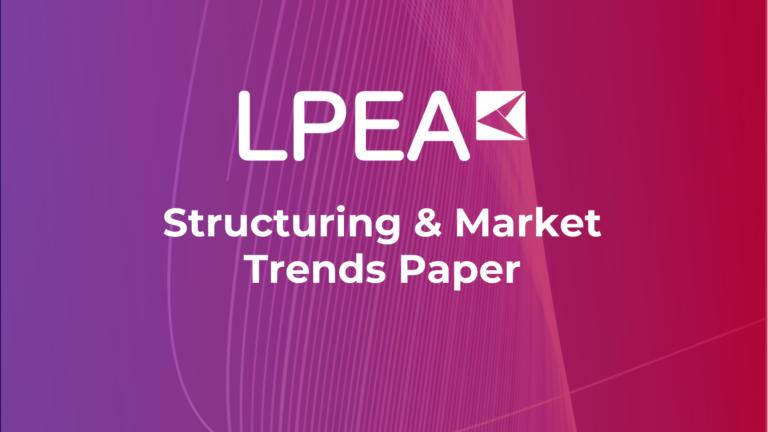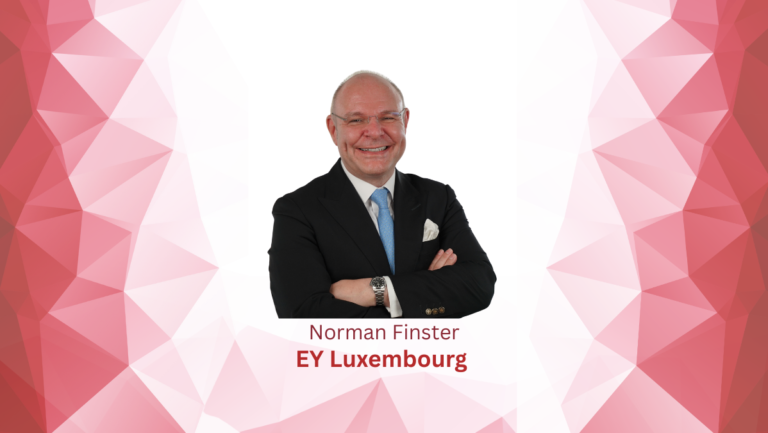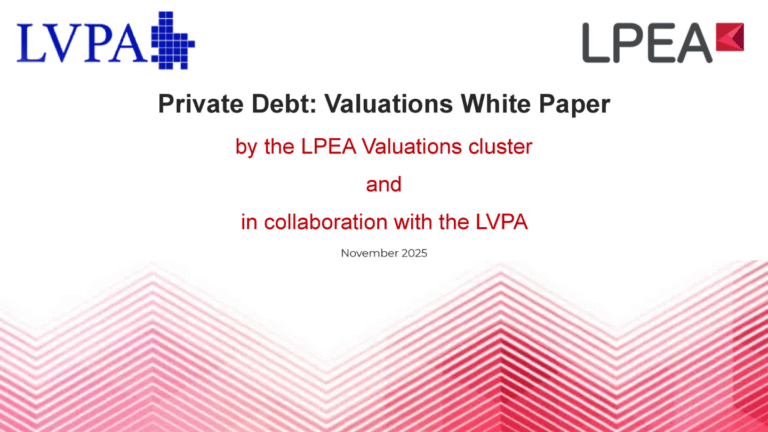By Tobias Seidl (Product Lead, co-founder) & Arnab Naskar (Business Lead, co-founder) from STOKR as featured in Insight Out Magazine #25
Asset tokenisation presents an opportunity for Luxembourg fund managers, third-party management companies and service providers in the alternative asset management industry to widen the range of products and services in a changing world.
The next generation of investors is digital native, seeks greater autonomy in the digital space and is looking for true ‘ownership’. Asset tokenisation unlocks the potential to reach out to new investor types and enables fractionalisation with reduced risks.
What is asset tokenisation?
Asset tokenisation means creating a digital representation of legal rights to a real asset on distributed ledger technology (DLT). Such digital representations are further referred to as digital securities.
Important in this context is the difference to crypto currencies which mostly do not provide access to the underlying economic rights. Classic examples are ETH (Ethereum).
The digital securities can be issued, traded and settled on the DLT and certain rights like voting and corporate actions can be embedded in the tokens via smart contracts.
Asset tokenisation allows for the mapping of financial instruments on DLT so investors may hold their digital securities directly in their self-custodied DLT wallets (like Ledger or the SideSwap wallet) or via a custodial solution.
Fund managers and management companies can have easy access to investor data without requiring complex third party solutions. In addition, tokenisation allows them to have direct information about the ultimate holder of the digital securities and to better understand the investor behavior, the investor preferences and expectations.
As BlackRock CEO Larry Fink said that “the next generation for markets, the next generation for securities, will be tokenization of securities.”
How does it work?
In principle, tokenization allows an investment fund, a securitisation vehicle or any other investment vehicle or company to hold its investor register directly on the DLT. Tokenisation ensures that the investor register of the issued fund units or notes (digital securities) is up to date 24/7. The general partner or management company creates a direct link with their investors without the need of an intermediary. Any change in ownership of the digital securities is recorded instantaneously as settlement takes a few minutes.
Digital securities can only be held by investors who are whitelisted, a process by which only identified blockchain wallets can be allowed to hold digital securities. A Luxembourg regulated Virtual Assets Service Provider (VASP) as STOKR can for example enable the whitelisting process for asset tokenisation.
The whitelisting process for investors involves several steps to ensure compliance with regulatory requirements and protect the interests of all stakeholders. The potential investor must provide KYC/AML information and eligible criteria data so that the management company or service provider can make sure that the investor is eligible to invest into the financial instrument.
This information is checked against various databases and sources to confirm the investor’s identity and ensure they are eligible to invest and also they understand the risks. Investors are also required to connect their blockchain wallets which act as the securities account. As mentioned before such blockchain wallets can either be self-custodied or can be custodian solutions. The whitelisting process links the KYC/AML and investor criteria with the blockchain wallets.
Linking the two allows the fund manager or management company to know who holds the financial instruments of a given investment product at all times, as the register of investors will be automatically updated with the blockchain 24/7.
Once linked, the smart contract managing the functioning of the digital securities ensures that only a whitelisted investor can interact, hold and transfer digital securities. This automates the entire compliance value chain.
The whitelisting process ensures that no non-whitelisted blockchain wallets can hold the digital securities.
Tokenisation solves liquidity problem
Rising interest rates and falling asset prices will be a challenge in the coming year for investors who seek to have access to cash.
Closed-end funds do in general not allow for redemptions and even if opened after the lifetime they may have difficulties to allow for redemptions as the underlying assets are difficult to sell. The result is that the cash is trapped and liquidity is locked.
So far the alternative investment fund industry and its service providers did not have a solution to this problem so investors who seek liquidity will think twice whether they put their money in new alternative investment fund structures.
Fractionalisation enabled by tokenisation provides far more flexibility than traditional fractionalisation in the private markets which are slow, manual, opaque, and have high overheads.
Tokenisation enables part or all of the fund units to be sold in smaller fractions to investors who did not so far have the possibility to invest with smaller tickets in alternative investment products.
This will allow existing investors of a closed ended fund (for example pension funds) to get access to liquidity and a new generation of investors (like high net worth individuals and family offices) to access alternative investment products.
In the example below the limited partner cash is trapped as the asset is illiquid to sell and the fund in turn cannot allow redemptions. The holder of limited partner units (LP 2) maybe offered to tokenise its units and make them transferable. This will allow the limited partner to access cash and new investors can participate in the fund.
Luxembourg, a hub for asset tokenisation
Luxembourg as a worldwide financial hub and number two investment fund center after the US has the best prerequisites to become a center for global tokenization initiatives.
The very flexible corporate law is the most suitable for issuing financial instruments in tokenised form. The law allows companies to keep their own register of investors which gives an edge over other jurisdictions in the European Union as company law is not harmonized within the EU.
We are still early in terms of adoptions. Large asset managers like Hamilton Lane, KKR, Apollo are launching pilot projects. For fund managers and management companies it is the perfect time to add digital asset capabilities and provide add-on services, reducing the threat of disruption and also increasing the possibility to serve a wide range of clients.





